Course Content
-
0 / 4
Introduction
-
An Overview of Scar Treatment
-
Course Evaluation
-
Practitioner Cautions and General Information
-
Supplies you will need for the class
-
-
0 / 8
What is a Scar?
-
What is a scar made of?

-
Quiz
-
How do scars form?
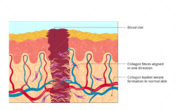
-
Pituitary Gland

-
The Sinuses
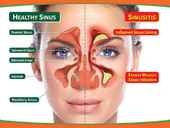
-
Quiz
-
Risk Factors of Scars
-
The muscles of the Neck

-
-
0 / 11
Types of Scars
-
Linear scar

-
Quiz
-
Keyhole scar
-
Keloid scar

-
Quiz
-
Hypertrophic scar
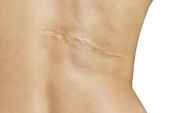
-
Pitted or sunken scar

-
Scar contractures or Burn scars
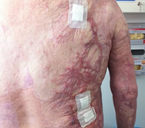
-
Stretch marks
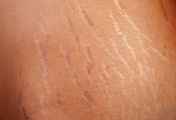
-
Video - types of scars

-
Quiz - types of scars
-
-
0 / 1
The Lymphatic Structures of the head and neck
-
The Lymphatic system on the face and neck
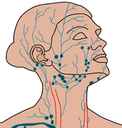
-
-
0 / 6
Treating scars
-
Conventional treatment of scars
-
Non-conventional scar treatment
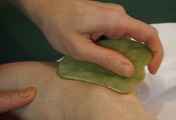
-
Minimizing the impact of scars
-
Self Care for scars
-
Cupping for Temporomandibular Joint Syndrome (TMJ)7:55

-
Cupping for Bell's Palsy5:42

-
-
0 / 10
Treating scars with cupping
-
Preparation
-
Notes
-
Cupping Techniques
-
How cupping can impact scars
-
Considerations when treating scars with cupping0:31

-
The Cupping Method for Linear, Keyhole, and Hypertrophic Scars
-
Cupping Method for burn scars, large contracture, pitted or sunken scars0:39
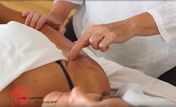
-
The Healing Process for Scars
-
Depths of Cups
-
Cautions and Contraindications for Scar Treatment2:06

-
-
0 / 4
CASE STUDIES
-
Patient #1 Ania45:10

-
Patient #2 Marta
-
Patient #3 Monica33:28

-
Reading: Time and Care Heals all Wounds
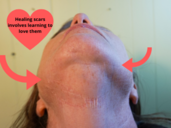
-
-
0 / 2
Practice Time
-
Practice Time
-
Final thoughts
-
-
0 / 1
Zoom Training
-
Zoom Training #1 General Considerations for facial cupping1:07:05

-
-
0 / 5
Certificate of Completion and Course notes
-
Get your course certificate here!
-
Course notes
-
Facial Cupping Brochure
-
Facial Cupping Consent to Treatment Form
-
References
-
Depths of Cups

- Superficial/light – to be used on areas that are more exposed in the body, such as tender lung tissue on the front of the chest, the abdomen, or to treat lymphatic drainage and spider veins. Superficial cupping is also to be used on the face.
- Medium – Most body parts are appropriate to use medium suction, except the tender areas around varicose veins, lymphatic tissue, and the face. Medium cupping depth is the most common depth to use during gliding cupping
- Deep – The deepest level of suction is most commonly used with stationary cupping. Practitioners need to be mindful that there is still some movement of the tissue surrounding the cup, otherwise tissue damage may occur. Deep level cupping is indicated on the back and legs, and on any large muscle groups. Deep level cupping suction should be avoided on children and the elderly, immune-compromised, those suffering with chronic illness, those diagnosed with DVT, serious heart condition, or anyone with poor circulation including obesity, and diabetes.
Depth of Cups in Relationship with Scars
When beginning to work on a new scar, the work you do distally will have a positive impact on the scar. This distal work should start with superficial depth and gradually become slightly deeper as the area clears from restrictions.
- When working on top of the scar, suction should be very superficial at the beginning no matter what kind of scar you are treating.
- Any time you are moving the cups you want to stay within a moderate level of suction so that the cup is moving freely.
-If you are performing stationary cupping you can place the cup more deeply over the thicker parts of the scar.
Parts of the scar could be more stuck than others, and some parts of the scar are going to feel more fragile or stretched out. Avoid cupping directly over any area of a scar where it seems that the collagen has separated from the skin. This usually occurs around the borders of a scar. Often just beside an area of thickening. Avoid any deep cupping over skin mesh or hardware that has been inserted (screws, plates etc)
